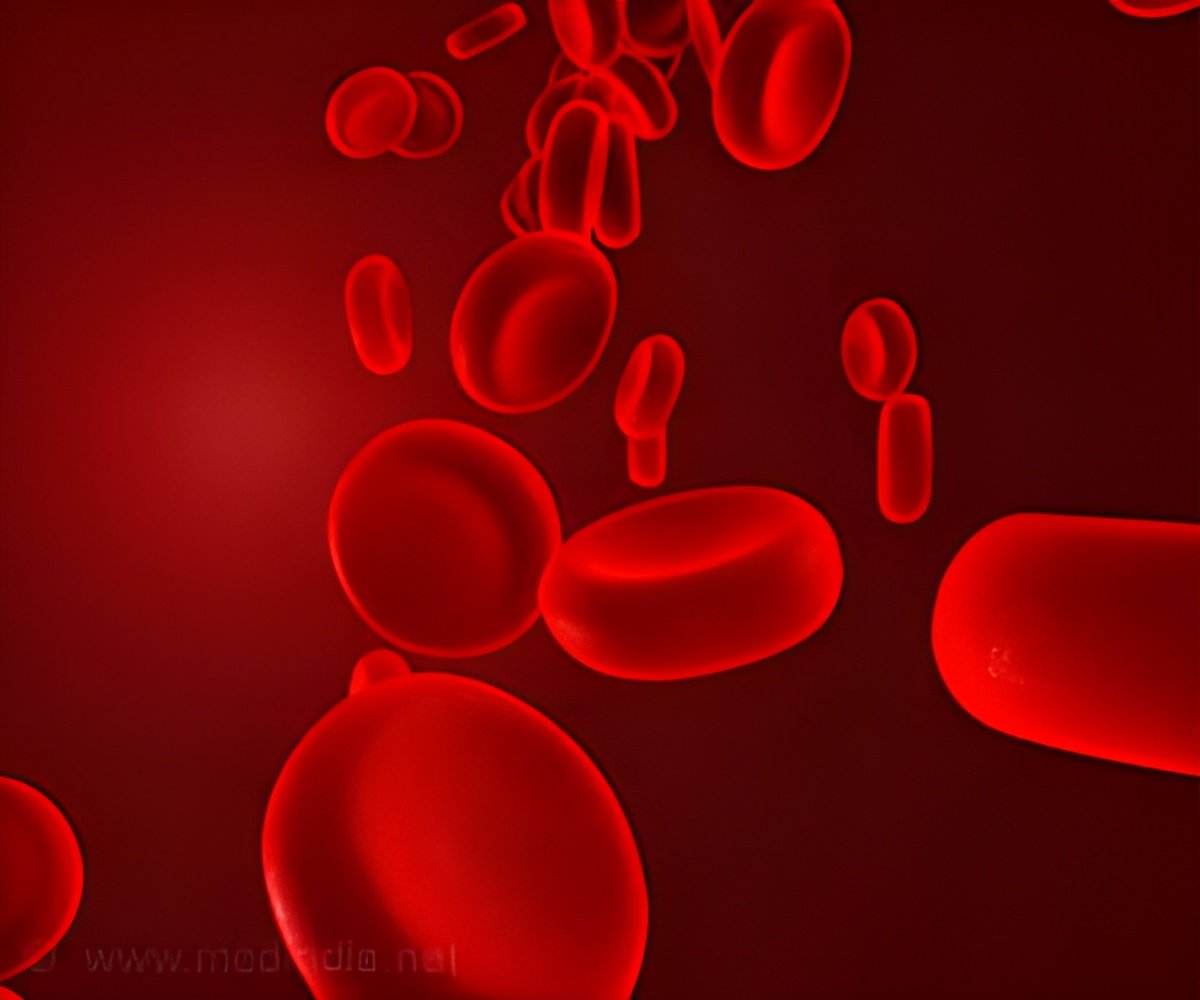At Cold Spring Harbor Laboratory (CSHL), a team of researchers has identified a leukemia-specific stretch of DNA called an enhancer element that enables cancerous blood cells to proliferate in Acute Myeloid Leukemia (AML).

The research, appearing today in Genes & Development and led by CSHL Assistant Professor Chris Vakoc, centers on the way a cancer-promoting gene is controlled. When this oncogene, called Myc, is robustly expressed, it instructs cells to manufacture proteins that contribute to the uncontrolled growth that is cancer's hallmark. The Myc oncogene is also implicated in many other cancer types, adding to the significance of the new finding.
Vakoc's team discovered an enhancer element that controls the Myc oncogene specifically in leukemia cells. Unlike many other DNA-based gene regulators, this string of DNA "letters" is nowhere near the Myc gene it regulates. In fact, it's far away, and in order to affect the Myc gene, some other element – unknown, prior to these experiments -- has to bring the enhancer in proximity to the gene. In their experiments, the team found a protein complex, called SWI/SNF, that links the enhancer element and the Myc gene it activates.
"The enhancer elements we discovered are 1.7 million DNA bases away from their target gene, Myc," says Vakoc. "But we were able to show that this long stretch of the genome is bent and looped in the cell nucleus in such a way that the remote enhancer segment literally touches the distant segment harboring the cancer gene. Our results suggest that this regulatory conformation fuels the uncontrolled growth of cancer cells and may explain why the Myc gene is so uniquely sensitive to targeting with a new class of drugs being developed for leukemia." The Vakoc lab in 2011 discovered a novel therapeutic strategy to shut off Myc in cancer, an approach now being tested in phase 1 clinical trials.
Vakoc and Junwei Shi, a graduate student in the Vakoc lab and lead author on the new paper, identified the SWI/SNF protein complex in an experiment that searched for proteins that stop AML disease progression while still allowing healthy cells to grow normally. In collaboration with Professor Richard Young from the Whitehead Institute, they worked to determine where in the genome SWI/SNF attaches to DNA. That's when they discovered its binding to the enhancer element located 1.7 million bases away from the Myc gene.
Intriguingly, this enhancer occupies a spot in the genome that Vakoc's team found was most often abnormally duplicated in AML cells. "We usually look for duplicated genes in cancer," Vakoc says. "But this is the first time we've ever seen DNA for an enhancer, rather than for a gene, being a common duplication in a cancer type."
Advertisement
This happens only in leukemia, meaning the enhancer is unique. The work thus identifies an important mechanism that enables leukemia to proliferate. This in turn explains how leukemia drugs that have recently been discovered exert their beneficial effect. One notable example is a drug called JQ1 that Vakoc identified in 2011 as an inhibitor of a cancer-promoting protein called Brd4, which plays a pivotal role in the AML disease process. JQ1 likely blocks the interaction between Brd4 and the same enhancer element identified in the newly published research. This then sets off changes in the cell nucleus that prevent Myc expression.
Advertisement
Source-Eurekalert














